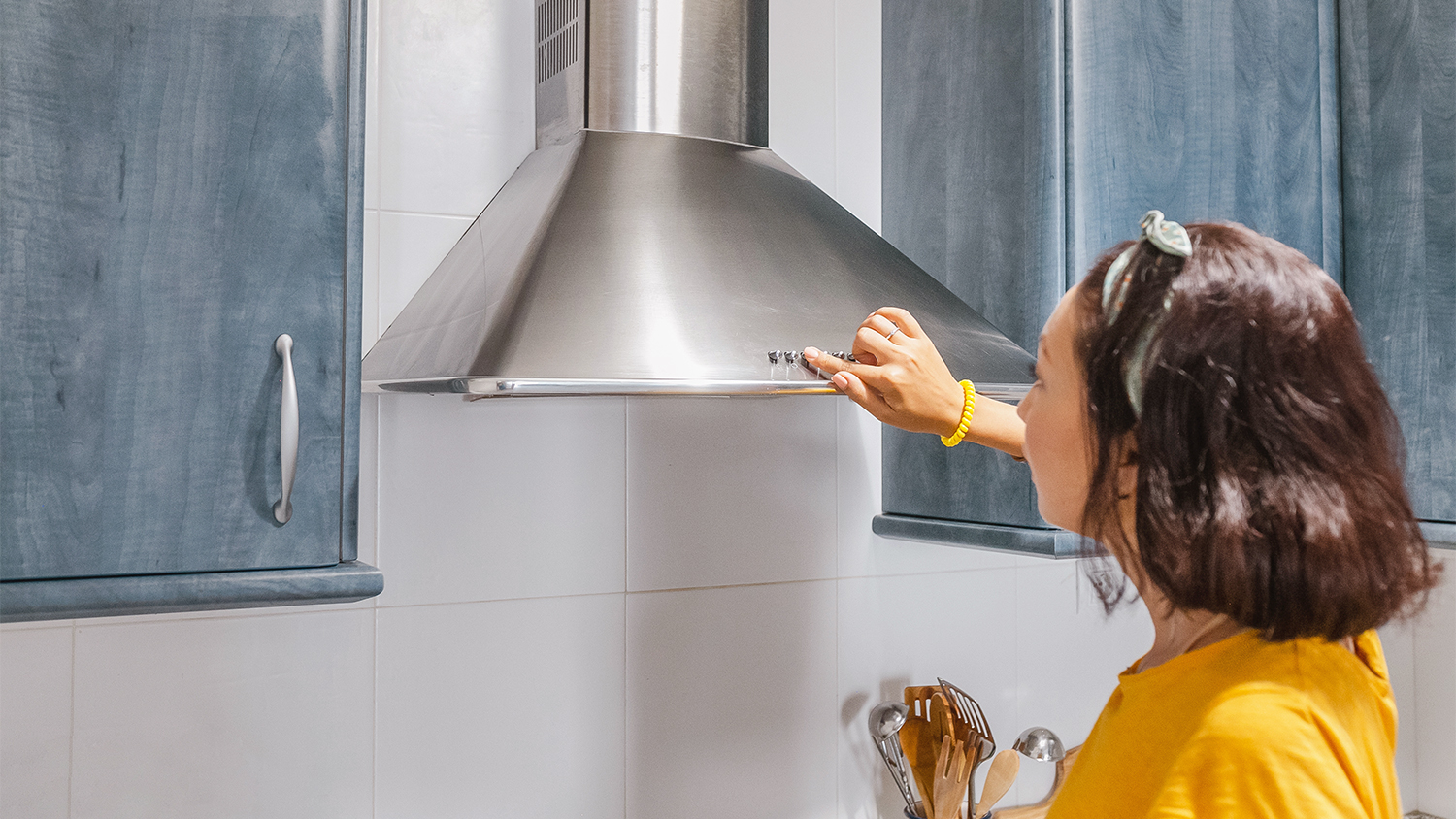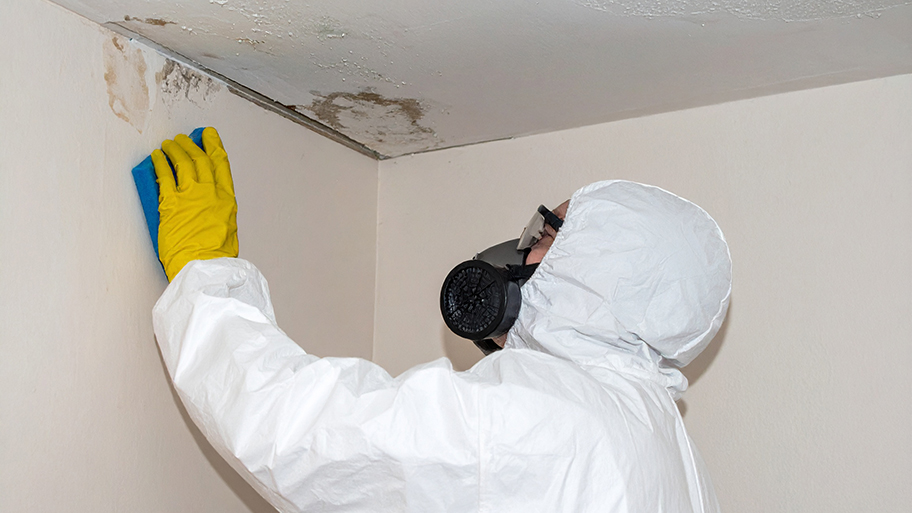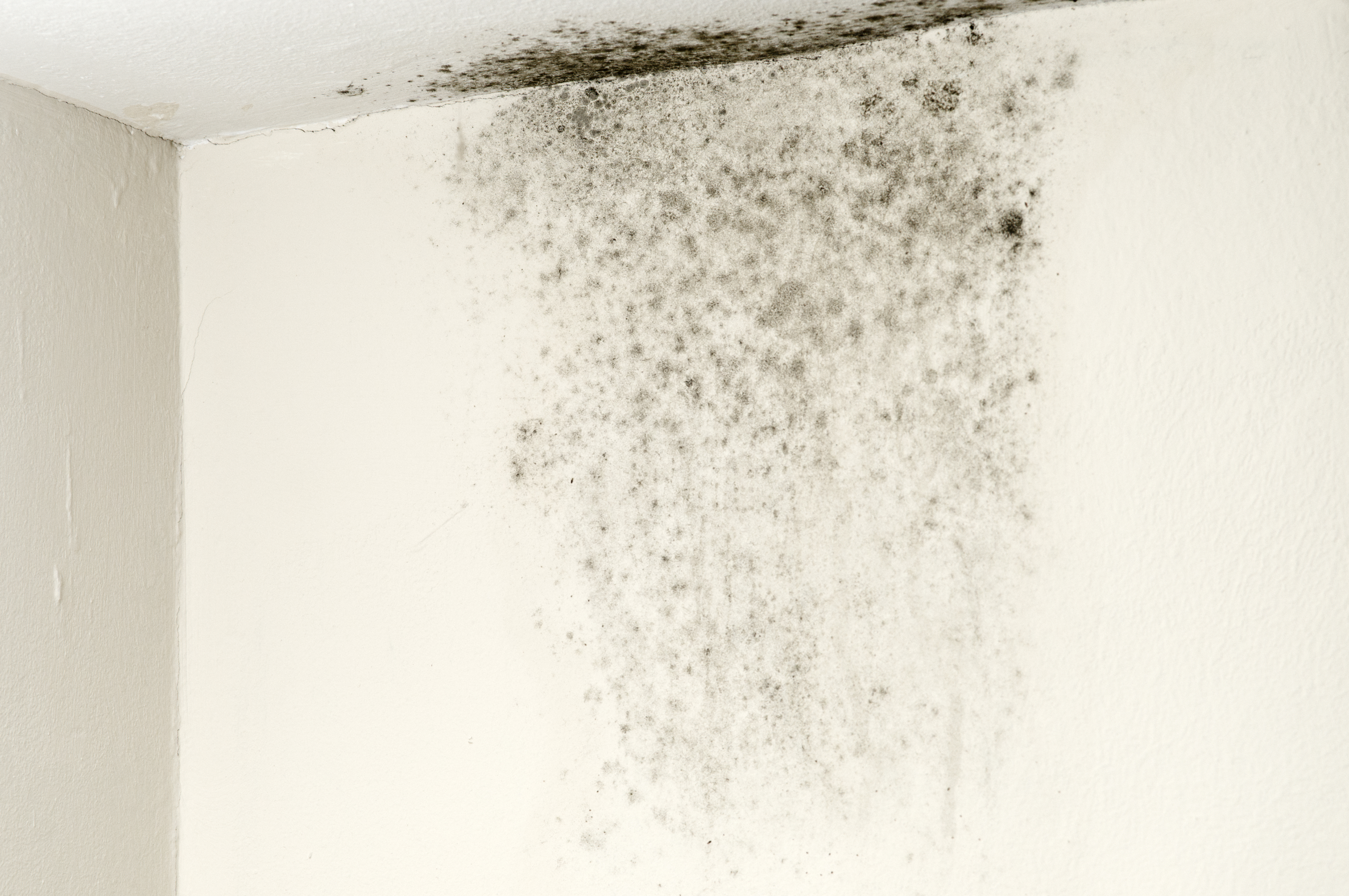
The cost of a mold inspection might seem high, but it’s one of the best investments you can make for your health and home. Read on to learn cost-saving tips.
A quick check for these issues can help keep your family happy and healthy at home


Exposure to harmful, invisible gasses like radon and carbon monoxide can be serious.
Home test kits can detect radon and lead paint.
Problems like mold and rodents can exacerbate respiratory conditions.
Maintenance like pest control and chimney sweeping can help prevent problems.
Trained professionals should remove lead paint and asbestos.
You do everything you can to keep your family healthy, but your home can play a bigger part in that than you realize. Mold, pests, lead, and poor ventilation are all common home hazards that can lead to headaches, skin irritation, and more issues. In some serious cases, home hazards can even be fatal.
These issues can occur in homes of any age. Learn more about some of the most common home health dangers and how to mitigate them.
Why it’s dangerous: Moisture is a problem in homes, particularly in basements. If yours feels damp or has a musty smell, you might have moisture problems. Where there’s moisture, you’re likely to find mold.
Unfortunately, what happens in the basement doesn’t stay in the basement. Indoor pollutants circulate throughout your home through a natural ventilation process called stack effect. Stack effect happens when air escapes your home through the upper floors, and creates a vacuum that pulls the air from your basement into your upper living spaces.
Not only can mold cause damage to your home, but these spores can be irritating to those with respiratory issues like allergies and asthma.
How to fix it: You can clean small patches of mold yourself (the Environmental Protection Agency recommends only removing mold yourself if it covers less than 10 square feet.), but for bigger jobs, you should hire a pro.
A local mold remediation company can clean up the damage and help you breathe easy throughout your home. Mold spores travel easily and can infect new parts of your home if not properly contained. Pros have the equipment and expertise to contain mold spores and can pinpoint the cause of the issue and stop it from happening again. The average cost of mold remediation is $2,225.
Radon is an odorless and colorless gas that naturally occurs from decaying elements in the soil. The gas usually enters your home through the basement.
Why it’s dangerous: Radon is the biggest cause of lung cancer among non-smokers, according to the EPA.
How to fix it: You can purchase a home test kit for about $15 to find your home’s radon levels. A radon testing company in your area can also test the air and recommend treatment if levels are high. Treatments can range from sealing cracks in your foundation to installing suction systems, and a pro can help identify which methods are right for you.
Asbestos is a fiber found in rock and soil. It is strong and has a high heat tolerance, making it a popular choice for building materials.
Why it’s dangerous: Asbestos exposure can increase the chances of developing lung diseases like lung cancer, according to the EPA. However, the agency also notes that asbestos products in the house are not usually dangerous unless the materials are damaged or disturbed.
How to fix it: Do not attempt to remove asbestos-containing materials yourself. If you are planning home projects, hire an asbestos removal professional near you to check the condition of your materials or safely remove them.

Carbon monoxide is an odorless and colorless gas produced by burning gas, propane, charcoal, or wood.
Why it’s dangerous: When there is too much carbon monoxide in the air, your red blood cells fill with carbon monoxide instead of oxygen. Symptoms include headache, weakness, blurred vision, loss of consciousness, and death.
How to fix it: Since you can’t see or smell the gas, the best way to know if you have a dangerous leak in your home is with carbon monoxide detectors on each floor. Some household maintenance like cleaning the dryer vent, using a ventilation system while cooking, and having your chimney swept can help you prevent carbon monoxide poisoning.
If you suspect a carbon monoxide leak, call 911 and evacuate your home ASAP.
Why they’re dangerous: Rodents, bed bugs, and cockroaches are all roommates to evict as quickly as possible. Not only are they icky, but pests like cockroaches can exacerbate asthma symptoms, damage your home, and leave a trail of blood, urine, or fecal matter wherever they go.
How to fix it: Signs of an infestation include seeing or hearing the critters or evidence of their presence, such as mouse droppings in the kitchen. You can get rid of mice and rats yourself or call a local pest control professional who will clear out any current pest residents and find their entrance to keep them out for good.
Older homes are so charming, but if they were built before 1978, they could also have dangerous lead paint.
Why it’s dangerous: High levels of lead exposure can lead to anemia, weakness, and kidney and brain damage, according to the CDC. Inhaling or ingesting lead paint chips is particularly dangerous for children whose brains and nervous systems are still developing. If you’re not certain of the status of the paint on your walls, you can purchase a home test kit for about $20 and know for sure.
How to fix it: If you discover lead paint in your home, take some precautions like donning protective equipment and cleaning up any flakes. If you’re planning to disrupt the walls with a remodel or similar work, or have a lot of chipping paint, a local lead abatement contractor can help you safely remove the paint to mitigate harm.
From average costs to expert advice, get all the answers you need to get your job done.

The cost of a mold inspection might seem high, but it’s one of the best investments you can make for your health and home. Read on to learn cost-saving tips.

Mold remediation cost can quickly escalate. But if you have mold in your home, the cost for mold remediation is worth it.

Seeing a patch of black mold on your wall is scary. Learning how to get rid of black mold and knowing when to call for a pro is easier when you follow our tips.

Learn how to tell black mold from black mildew by their look, location, and texture so you can clean it up yourself or know when to call in a pro.

Mold can enter your air ducts and lead to poor indoor air quality. Use this guide to learn how to get rid of mold in air ducts for healthier air.

Mold in your furnace can cause long-term problems for your family. If there’s mold present in your furnace, the spores will spread quickly through the home. Here’s how to take quick action to fix the problem.